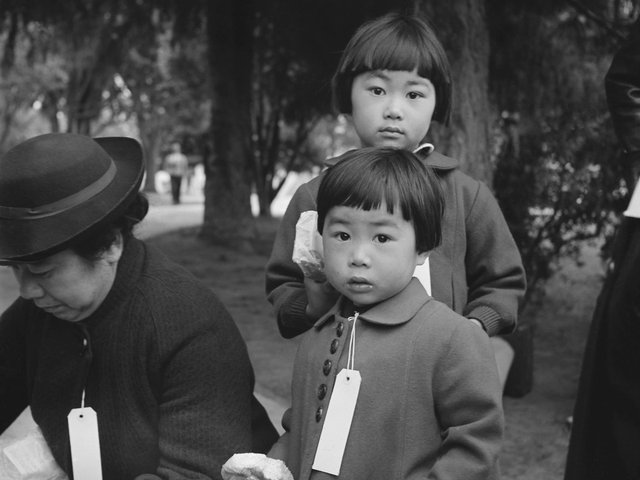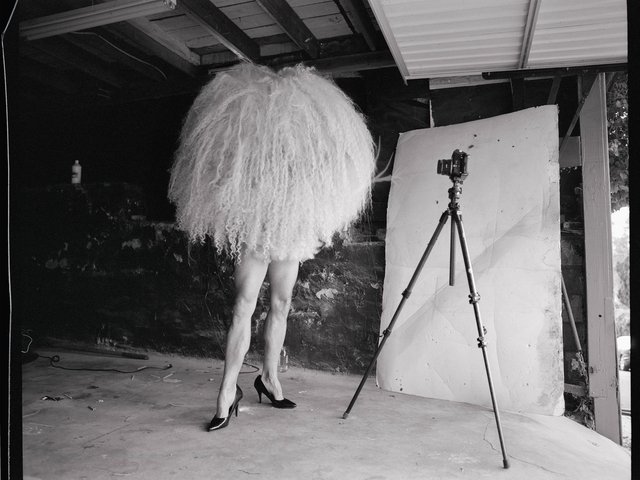Houston
America’s largest conference on international photography, the Houston FotoFest, celebrates its tenth anniversary this month (10-30 November). It has surmounted budget problems that threatened to cancel the popular biennial of exhibitions, lectures, and exchanges, modelled on the “Mois de la Photo” in Paris and the annual “Rencontres” in Arles.
The fifth running of the festival was scheduled for March but postponed when lead sponsor Eastman Kodak withdrew. New funders came forward, including the Rockefeller Foundation, the Andy Warhol Foundation, and the NEA, among others, but the budget was slashed to $900,000 from $1.9 million in 1992, and the festival pared down to three weeks from the usual four.
All aspects have been scaled back, such that whereas the last event featured twenty-nine official exhibitions (on the art of Latin America and Europe), FotoFest 94 comprises three: one designed to teach students and adults about the earth, the environment, and the implications for the future; one on Hispanic-American photography; and another about American fashion photography.
“Fashion: Evolution/Revolution” assembles 130 photographs by US masters of the genre, from Steichen to Horst to Avedon, tracing the stylistic progression from turn-of-the-century pictorialism to Art Deco glamour and on through the often explicitly sexual imagery of today’s ads. The curators are Etheleen Staley and Taki Wise of New York’s Staley-Wise Gallery, which specialises in fashion photography.
“American Voices” comprises work by thirty-nine contemporary photographers who represent the three largest and oldest Spanish-speaking cultures in the US: Mexican-American (Chicano), Puerto-Rican, and Cuban-American. Like the festival’s 1992 Latin-American show, the exhibition will travel accompanied by a bilingual catalogue. And a related symposium, “Across Cultures”, will take place from 11 to 13 November.
FotoFest’s most ambitious exhibition, “The Global Environment”, itself has three parts. First, more than 200 images survey the world’s diverse locales, from the Amazon jungle to inner-city squalor. Second, 120 internally illuminated desktop globes glow in a dark chamber, their surfaces modified by German artist Ingo Günther to convey statistical information pertinent to society’s relations with the earth’s resources and the global economy—illustrating, for example, refugee currents, nations’ military budgets, or an equation between the personal income of the 120 million Japanese with that of about half of the world’s population (the 3.2 billion inhabitants of the sixty-two poorest nations combined). And lastly— six interactive computer workstations provide on-line access to technical information about the planet. This “Global Forum” was co-developed by a Lockheed space station engineer and an expert in flight simulation at the Houston Museum of Natural Science, where it will become a permanent fixture after the festival.
The biennial conference is only the most visible aspect of an enterprise co-founded in 1983 by freelance photographers Frederick Baldwin and Wendy Watriss to “promote public appreciation for photographic art, international and cross-cultural exchange, and literacy through photography”. The organisation’s year-round educational activities are exemplified by the festival’s 650 text-image posters created by Houston school children as part of a superb “Literacy Through Photography” programme. The FotoFest scheme utilises the camera to stimulate inner-city youth, who make photographs, discuss them, and record their ideas and practice their writing skills in accompanying essays.
Coinciding with the festival are many related exhibitions, including “Songs of My People: Photographs of the African American Experience” at The Museum of Fine Arts, Houston, “Sophie Calle” and “Dennis Adams” at the Contemporary Arts Museum, “Fire and Smoke: The Kuwait Oil Well Fires” at NationsBank Center, “Picturing Asia America” at the Houston Center for Photography, “The 1994 British Gas Wildlife Photography Competition” at the Houston Museum of Natural Sciences, and “Studio Ringl & Pit: Berlin 1928-33” at the Ransom Research Center, as well as shows of Luis Medina, Tom Millea, Michal Rovner, and others at local galleries.
Houston FotoFest 94 is open from 9am to 7pm daily in the George R. Brown Convention Center from 10 to 30 November. Admission $6, discount $3. For further information call (713) 840 9711 or fax (713) 840 7638.



